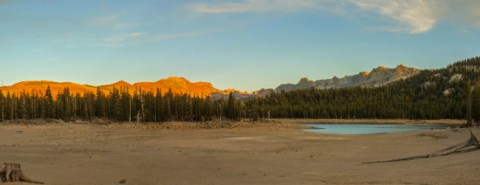We’re all Californians

No rain in California—which grows half the country’s fruits and vegetables—is a disaster for all of us. But the drought, now entering its fourth year, is also an opportunity. It’s a chance to take a long-needed hard look at how water is used and conserved, how food is grown, and what sustainable development means.
With 80 percent of California’s water usage devoted to agriculture, that’s the first place to make major changes. “Most watering technology is stupid and doesn’t react to the environment,” says CEO Chris Spain of the water technology firm HydroPoint. “We shouldn’t be talking about a 25 percent reduction in water use, but rather a 95 percent elimination of wasted water.” In fact, many California farmers have already become water technicians, measuring soil and leaf moisture content and treating every drop as utterly precious.
According to Joshua Haggmark, a water resources manager in Santa Barbara, the needed studies on groundwater sustainability have yet to be done. In California, he said, “people just kind of pump as much as they want” from the ground. “There is no control, no oversight, and unfortunately it’s gotten a lot of basins in trouble.”




